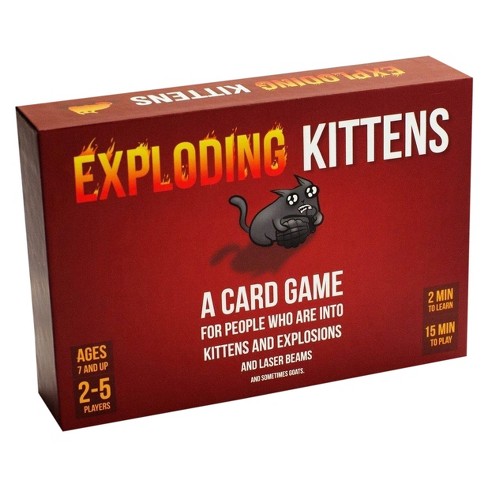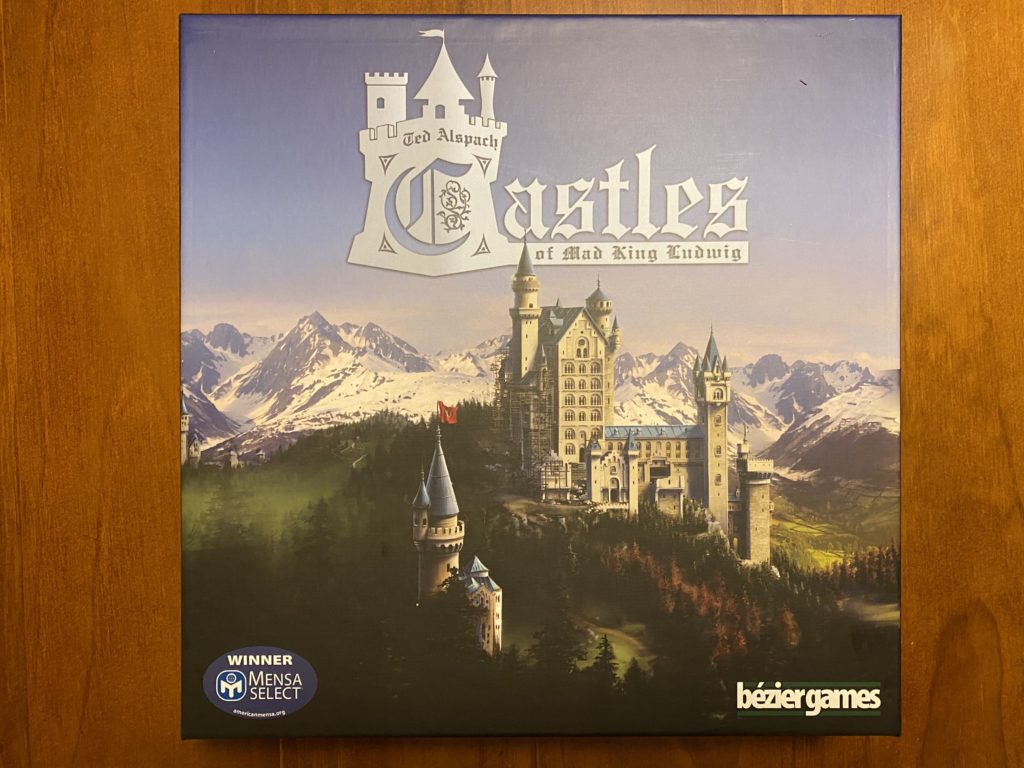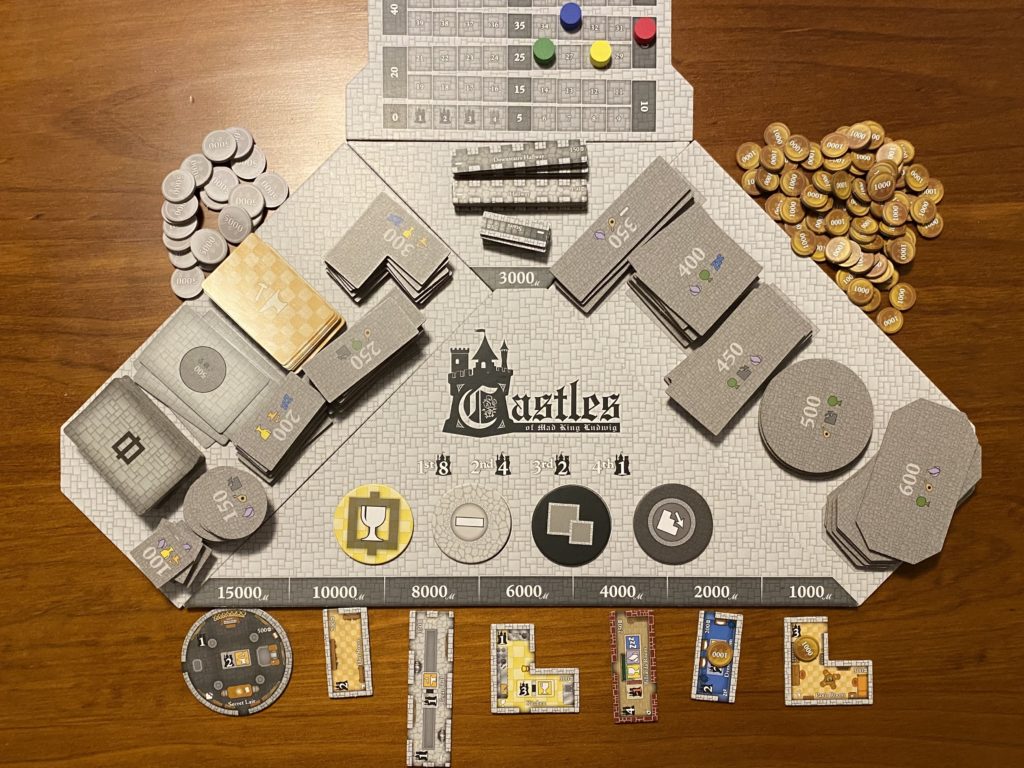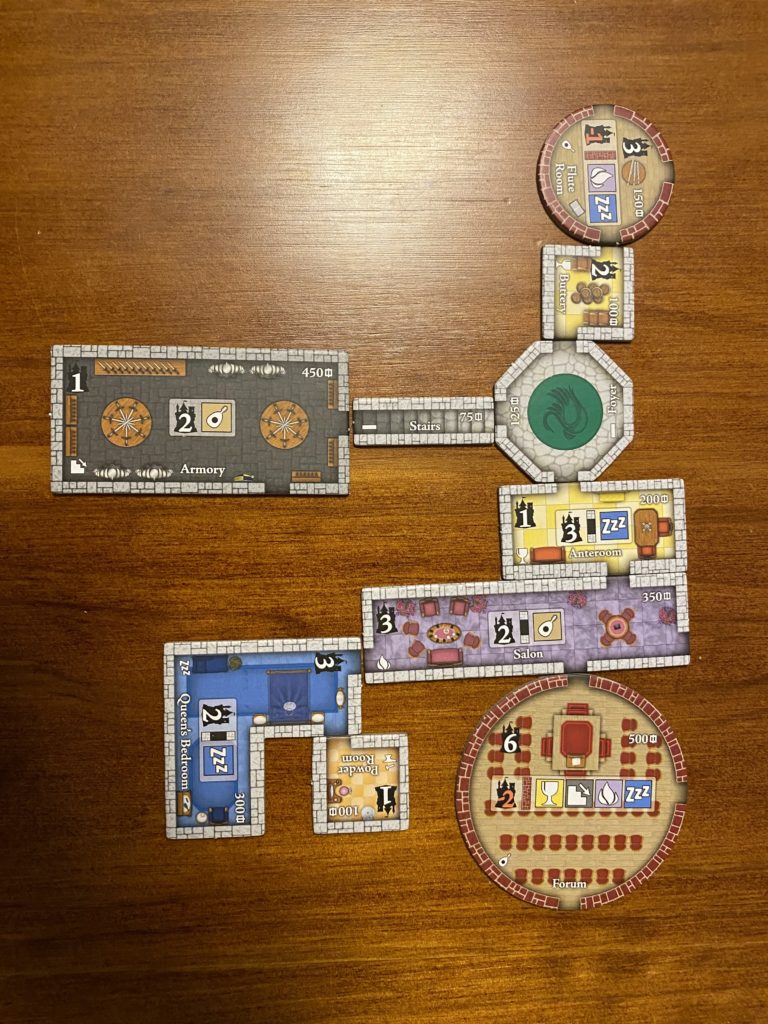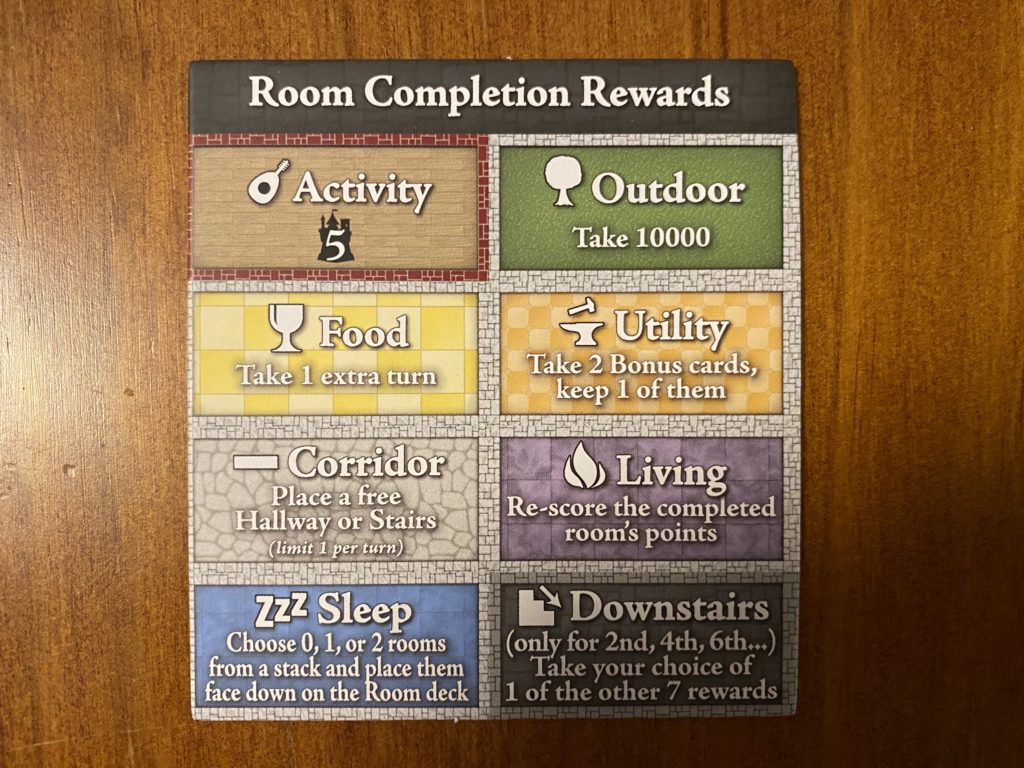A progress update on my Judo inspired card game.
Initial idea here. But basically I do judo and i like judo, I also like exploding kittens and think i can modify the core mechanics to create a easy to understand judo card game.
In essence what I am doing is acknowledging I like Exploding kittens and adding and changing how it plays to suit a new idea. I chose this game specifically because it seemed the most suited to show some of the themes of judo in a card game. In this judo themed game I wanted to express the finality of the Ippon in judo – this is the winning score no matter whether it happens 1 second nito the bout or 4 minutes into the bout. This led me to changing the game ending mechanic slightly from exploding kittens. The Ippon card in my game is much closer to the imploding kitten from the imploding kittens expansion pack to exploding kittens.
Key ideas:
- Anyone can win
- Hard to win by being passive
- Cant counter a winning throw (no defuse)
The Ippon card is not counterable and if you are forced to pickup the card you are out. In a two player game this is the end of the game. If there are more than two players the eliminated player takes the ippon card and places it back into the deck and shuffles the deck as the remaining players continue playing. The ippon card is placed face up in the deck and the front of the card is a bright colour – currently green highlighter. This is to servie the purpose of showing the threat is coming and how sometimes you can see someone is trying to throw you and you need to do something or it is inevitable.
Cards overview:
All cards are currently just printed from a table in Pages. Not all cards have japanese names yet but they will once their exact purpose is finalised – some cards within the same group with have different names to add some variety like exploding kittens has lots of different basic kitten cards.
Playtesting changes:
Due to current restrictions I was beta testing with mum. This i believe helped me clarify what a turn is. As mum had never played exploding kitten before the entire concept of how the games mechanics work had to be explained well helping me understand how to do that well. We noticed that with two players and no other threat other than the ippon card that was visible there was never a reason to not pick up until you could see the ippon card and then one large back and forth of active card uses the game was over.
This lead to the introduction of Wazaris – a half win point. These cards are face down in the deck and look like any other card. When you draw a wazari card it is like your opponent has scored a wazari against you and you place it face up infornt of you on the table. The first wazari is harmless but if you draw a second which could happen at any point you are out as two wazaris make an ippon. This adds pressure to be active in the game before the Ippon card is visible especially once you have already picked up one wazari card. There is however one card in the deck that can remove the wazari against you to free you up to more brazenly pickup cards. This also adds a high value card that makes it worth using 4x kumi kata cards to take it from the discard pile but this is also a risk as you cant use those cards to save yourself from an ippon later.
Some of the notes from playtesting were on this paper.
The intial key mechanics are written on green text cards to help track the rules and card numbers without having to have the card in your deck. – this information would be on a rule summary/cards sheet like exploding kittens has.
Changes made in between play throughs were penciled onto these cards to keep track of them for evaluation after each play through.


